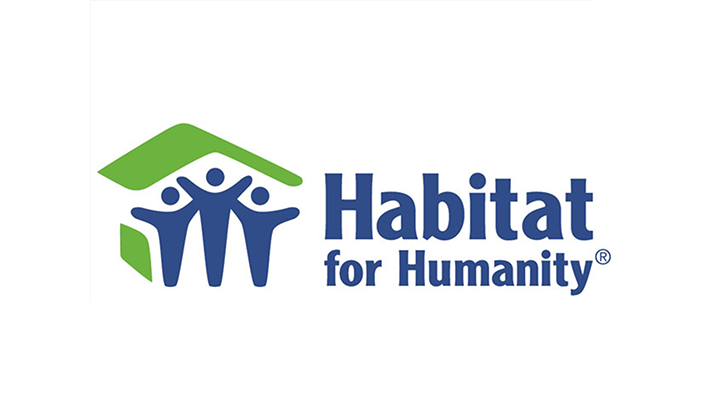In the two decades that Habitat for Humanity has worked in Nepal, it has remained committed to putting people at the center of its work. Be they low-income families or vulnerable and marginalized groups such as the landless, disaster-affected, and Dalits, it believes that everyone deserves a secure, healthy place to call home.
A home is more than a roof and four walls. The complexity of our work attests to this fact. Habitat’s programs in Nepal focus on land tenure security and housing rights for the most vulnerable—in line with our partnership with the government in upholding the constitution. It also builds resilience against disasters and climate change and empowers communities to access water and sanitation. Habitat helps roll out sustainable innovations in housing technologies. It promotes renewable resources such as bamboo, locally available construction materials such as hollow concrete blocks, and innovations such as “rat-trap” or the baker bond technique that make houses more affordable by using fewer bricks.
As it has enormous potential, bamboo shouldn’t be limited to furniture or handicraft. It has the potential to become a sustainable housing solution with a positive impact on the environment. Through the Impact 2026 Initiative—Habitat’s partnership with the Hilti Foundation—Habitat aims to scale up the adoption of disaster-resilient and affordable treated bamboo housing solutions among low-income families and the most vulnerable people in Eastern Tarai. The partnership focuses on bamboo treatment, bamboo house designs, government-subsidized housing, market-based housing, and ecosystem strengthening.
During the pilot phase between July 2019 and December 2020, 51 vulnerable families built homes made of treated bamboo with Habitat in Birtamode, Jhapa, Shambhunath and Saptari. Over the next two years, up to 600 families will build better homes and lives under the project’s second phase. Through a market-based approach, Habitat Nepal is working with the public and the private sectors to promote treated bamboo as mainstream construction materials. While the public sector can support the treated bamboo value chain and encourage the use of bamboo as an alternative to timber, the private sector’s role is important to promote treated bamboo housing solutions and influence the material’s availability and affordability. Individuals also play a part.
Regardless of their income level, families can choose to build safe, durable, and affordable bamboo homes. Kampa Devi, who lives in Shambhunath, Saptari, is among those who chose to build with bamboo. In the past, she said she could not discuss marriage proposals for her daughter. Visitors representing prospective suitors refused to come to her old hut that had sari cloths for walls and hay and leaves for a roof. As a daily wage worker who collects and sells wood from the forest, she could barely earn enough to cover household expenses and her husband’s medical treatment, let alone dream of having a decent home.
“Now the new house has given me relief,” Kampa Devi says. Her family has more privacy with the children having their room; the house no longer leaks nor rattles by strong winds; a raised plinth keeps floodwaters from coming into her durable home built with treated bamboo. As a housing-focused organization, Habitat is committed to helping change living conditions, productivity, education, and health of families and individuals.
In the fiscal year 2020, it helped 109,170 Nepalis realize their fundamental right to housing by removing the barriers between them and a decent and affordable place to call home. In a post-pandemic world, housing will continue to be an essential and critical component of any comprehensive approach to recovery and development in emerging economies, including Nepal.












